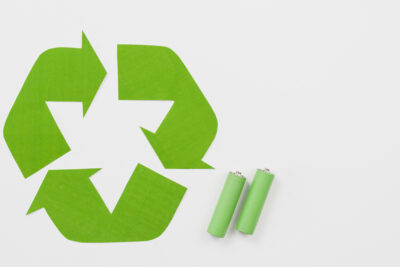
Tata Technologies has introduced WATTSync, a digital battery passport platform designed to track batteries from mining through recycling. Launched on August 19, 2025, the solution is aimed at battery manufacturers, automotive OEMs, and recycling companies.
WATTSync captures and validates key data across the supply chain, including materials, performance metrics, carbon footprint, and recovery status. The platform automates compliance reporting and provides role-based access for suppliers, auditors, and regulators, ensuring reliable information sharing on a common digital system.
The launch comes ahead of new regulations: from February 2027, the European Union will mandate digital battery passports for all electric vehicle and industrial batteries. India too has announced plans for its own passport framework to boost safety, traceability, and export readiness, while other countries are developing similar systems.
To support integration, WATTSync connects with PLM, MES, ERP, and cloud platforms, creating a digital thread for each battery. It leverages AI for health monitoring and anomaly detection and uses blockchain to ensure data integrity. Its cloud-native architecture makes the platform scalable across global markets.
Beyond compliance, the solution supports the circular economy by providing insights for second-life applications and recycling processes, while also helping reduce supply chain risks through verified sourcing and tamper-proof records.
Some automakers have already begun voluntarily adopting battery passports, reporting that greater transparency enhances customer confidence and can improve EV resale values.
Tata Technologies positions WATTSync as part of its broader portfolio in mobility and manufacturing digital transformation, reinforcing its commitment to sustainability and supply chain innovation.
The introduction of WATTSync comes as demand for transparency in the EV ecosystem grows, driven by concerns over material sourcing, environmental impact, and end-of-life management.
(This content is sourced from a syndicated feed. The Japan India Manufacturing Journal website assumes no responsibility or liability for its accuracy, completeness, or content.)




COMMENTS